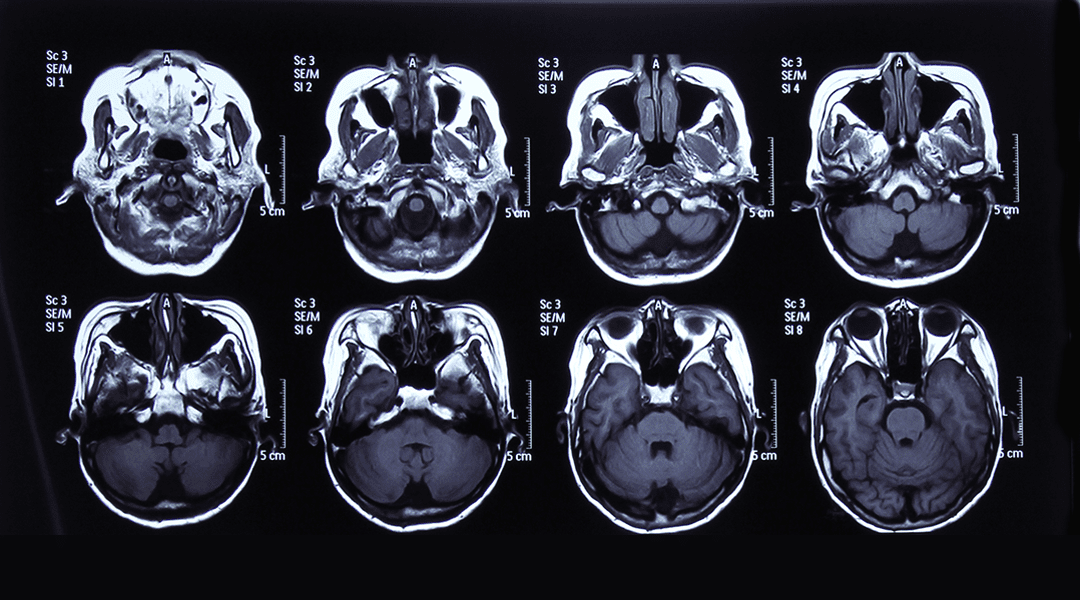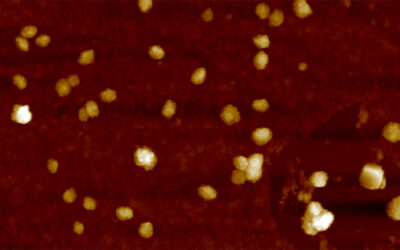Malignant brain tumors make up some of the deadliest cancers. Despite decades of research, the prognosis remains poor for most diagnoses.
The complexity of these tumors has made developing effective treatments difficult as genetic and developmental differences exist both between tumors and within a single tumor. These differences mean that individual tumors, and the individual cells within a single tumor, may all respond to therapeutic treatments differently.
These brain tumors do not discriminate against age, affecting both young and old patients alike. For the deadliest of these, few make it past the 5-year mark, with many never making it a year past diagnosis. As such, there is an immense urgency to find more effective treatments for these malignant brain tumors.
A WIREs Developmental Biology review highlights and paints a cohesive molecular and developmental picture for three types of malignant brain tumors: adult and pediatric high-grade gliomas (including glioblastoma and pediatric diffuse intrinsic pontine glioma, DIPG) and pediatric medulloblastoma.
An understanding of the complex heterogeneity—the different genetic programs, cellular pathways, epigenetic profiles, and developmental origins—of tumors found in GBM, DIPG, and medulloblastoma is necessary.
By identifying common genetic pathways for tumor formation and discovering markers for specific subtypes of cancers derived from different lineages, a more nuanced understanding of different malignant brain tumors can be developed, ultimately leading to more effectively targeted treatments for these deadly cancers.
This review outlines these different cellular pathways and epigenetic profiles which can activate tumor development and sustain tumor growth, as well as different possible modes of evolution of these tumors. Notably, the review discusses the different possible developmental origins of these tumors, highlighting the potential of different glial lineages in serving as the cell-of-origin for different tumors.
Additionally, the increased role of epigenetic modifications in driving tumor formation in pediatric brain tumors as compared to adult brain tumors is discussed. Increased understanding of the genetic and epigenetic heterogeneity within and among brain tumors has led to new classifications of adult and pediatric brain tumor subtypes; optimistically, with the introduction and classification of these new subtypes, more effectively targeted treatments can be developed in the future.
Kindly contributed by the Authors.

















